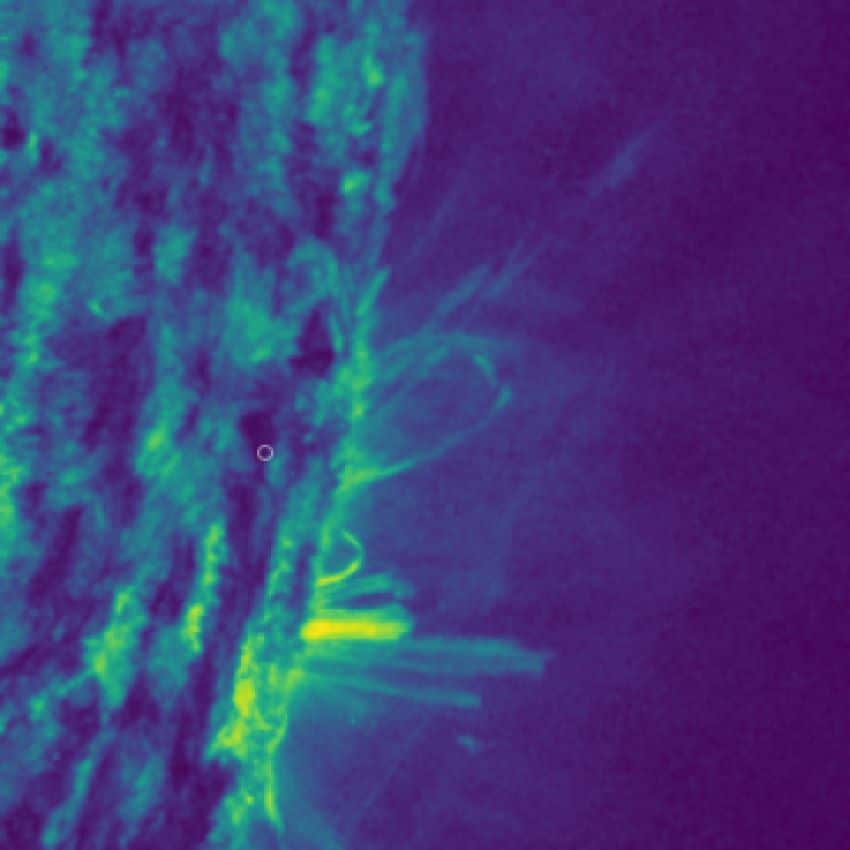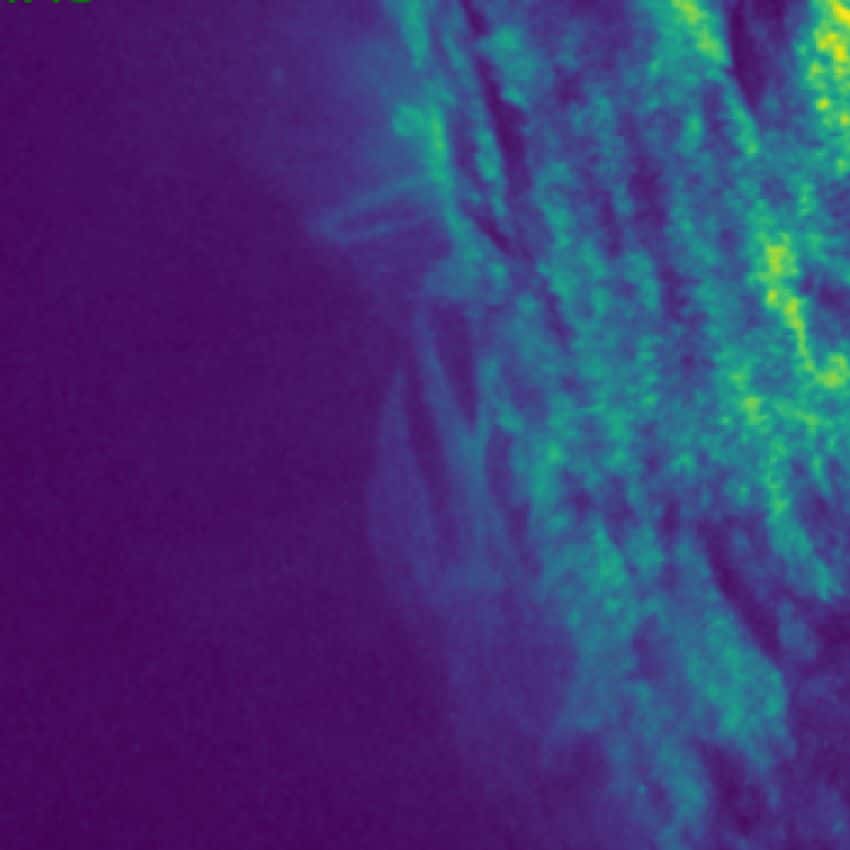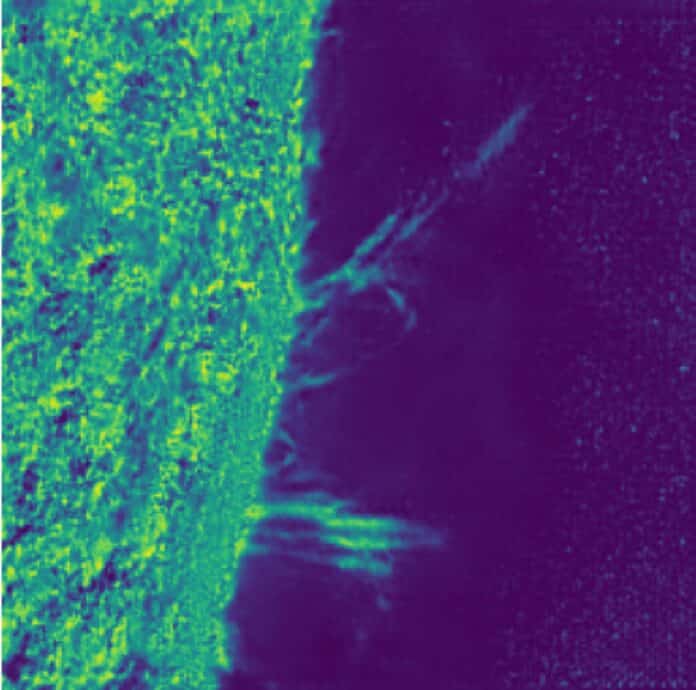Solar scientists have been attempting to comprehend how and why the Sun’s upper atmosphere, known as the corona, is unexpectedly hotter than the layers closer to the surface for more than 80 years. According to scientists, the two possibilities that remain are heating caused by the energetic reconnection of magnetic lines or heating caused by the dispersion of waves in the plasma. There is evidence for both, but how much each process adds to the overall heating still needs to be determined.
Solar scientists are using deepfake AI images to unravel the mysteries of the Sun’s atmosphere.

The spectacular phenomena known as “coronal rain”—loops of colder plasma that project out and fall back into the Sun’s upper atmosphere—seems to solve this puzzle. Understanding this rain will help us better comprehend the thermodynamic principles that underlie the Sun. Magnetic wires must be reconnected to produce the ‘rain.’ The mechanism underlying this unexpected heating cycle can be understood if scientists can ascertain how much coronal rain falls on the Sun.
It must be observed independently from other solar elements to determine how much rain there is. The Atmospheric Imaging Assembly (AIA) on NASA’s Solar Dynamics Observatory is responsible for most solar rain observations. However, hotter material frequently blocks out the rain in these pictures. The rain is visible in better detail in alternative photographs acquired by the NASA solar observation spacecraft Interface Region Imaging Spectrograph (IRIS). Still, it can only record a small field of view. The high AIA numbers and the crisp IRIS quality necessitate a Goldilocks set of images.

To resolve this, Northumbria University researcher Luke McMullan trained an AI machine learning algorithm to analyze the high-definition IRIS images and then improve the more prevalent, lower-quality AIA images, creating “deepfakes” that will enable astronomers to comprehend how much coronal rain falls in the Sun’s atmosphere and subsequently resolve the puzzle of its unusual heat layering.
Luke McMullan, the project’s lead researcher, said, “We are living in a golden age for solar research. Not only are we obtaining access to more high-resolution images of the solar atmosphere than ever before, but the rapid development and implementation of machine learning techniques in tandem with these observations allow us to find answers to problems that have hounded the community for decades. We anticipate this collaboration between observations and machine learning only to grow deeper and become a staple tool in our scientific arsenal.”
